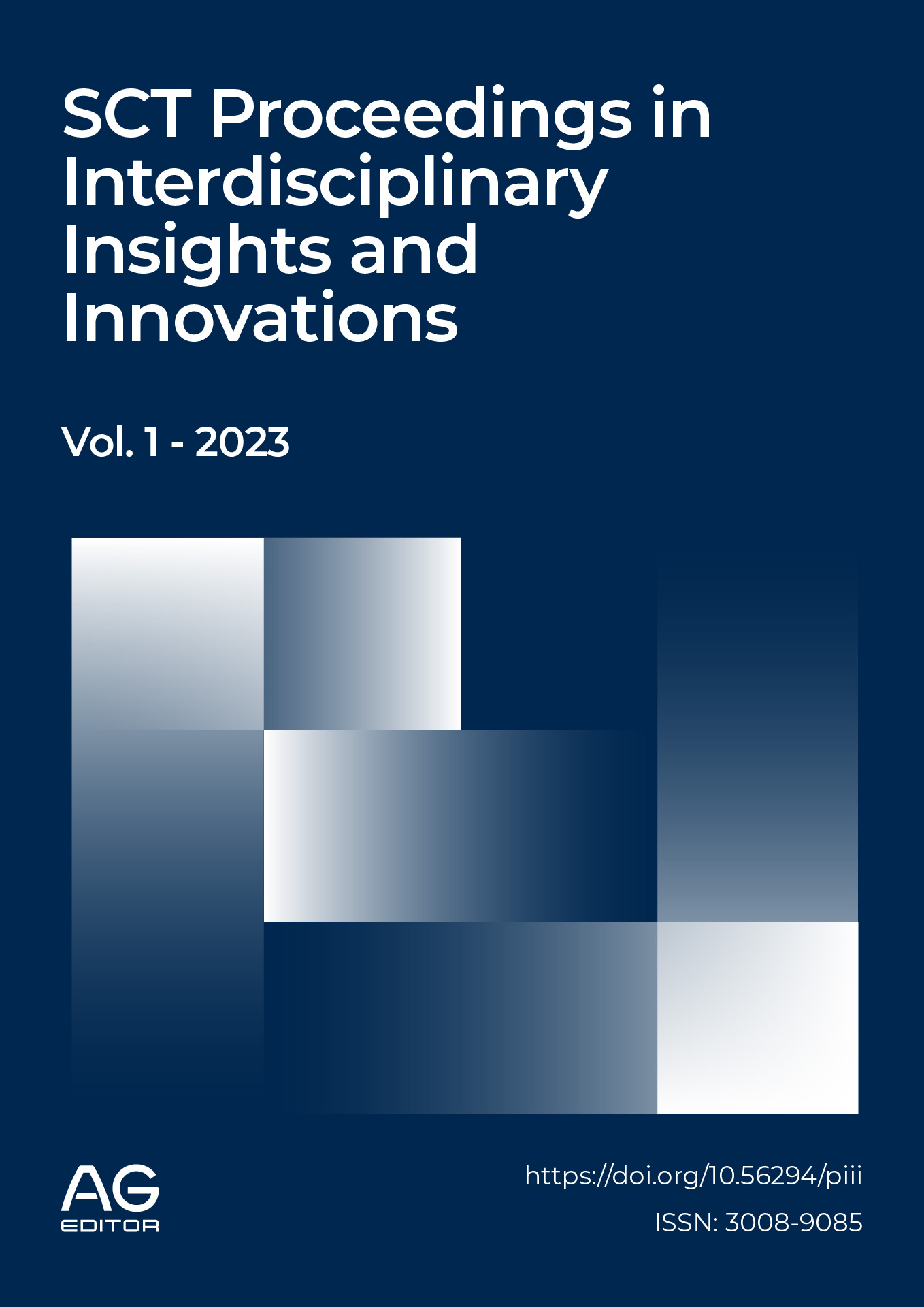Complications of Percutaneous Biliary Tract Drainage
DOI:
https://doi.org/10.56294/piii2023148Keywords:
Percutaneous, Drainage, Biliary, Surgical ComplicationsAbstract
Background: Percutaneous drainage of the bile ducts is a minimally invasive diagnostic and treatment procedure that is performed, under anesthesia, in patients with diseases that cause obstruction of the bile duct. It is diagnostic because the cause and precise site of the obstruction can be identified, and therapeutic because it can be resolved in the same surgical procedure. Material and methods: An observational, descriptive, cross-sectional and retrospective study will be carried out, through the study of clinical records of the Dr. Carlos Bonorino Udaondo Hospital, in CABA, Argentina. The study period will include records from 2017 to 2022. The study population will consist of patients with digestive pathologies who receive care at the Dr. Carlos Bonorino Udaondo Hospital. Results: 100 cases of patients submitted to percutaneous biliary drainage were identified, of the total number of patients, 52% were male and 48% female, they presented between 55 and 80 years of age. The reason for consultation was 43% cholestasis, 28% cholangitis, 17% pruritus, and 12% abdominal pain. 86.6% of the patients had malignant lesions and 13.4% benign. The dilation success rate was 81%. The complications associated with the procedure were: 8% infections and 7% bleeding. Conclusion: Percutaneous biliary drainage has a high success rate and is associated with a low frequency of complications
References
Gonzalez Davis, María A; Arévalo, Emanuel R; Benítez, Marisela; Sammarone, Mariana. Libro de Artículos Científicos en Salud, edición 2017
Derivaciones biliodigestivas en obstrucción maligna. Drenaje guiado por ultrasonido endoscópico vs. percutáneo. Un estudio comparativo María Fernanda Torres-Ruiz , José Guillermo de la MoraLevy, Juan Octavio Alonso-Larraga, Julio C. Sánchez-del Monte y Angélica I. Hernández-Guerrero Servicio de Endoscopia Gastrointestinal, Instituto Nacional de Cancerología, Secretaría de Salud, México D.F., México.
Drenaje Biliar Percutáneo: Técnica, indicaciones y resultados; Dr. Guido Parquet, Dra. Silvia Ortiz, Dr. Castor Samaniego, Dr. Alejandro Giménez V.
Endoscopia de vías biliares Biliary tract endoscopy F. Valdovinos-Andracaa*, G. Grajales-Figueroab.
Complicaciones asociadas a los drenajes biliares prequirúrgicos en las ictericias obstructivas - Edo Maa, Ferrer MDb, Esteban Eb, Carbonell Fc, Forment Md, González Sed.
Santillán MR, Ríos RJL. Experiencia de drenaje biliar percutáneo en pacientes del Hospital Ángeles Mocel. Acta Med. 2021; 19 (1): 15-20. https://dx.doi.org/10.35366/98564.
Drenaje percutáneo de colección, subhepática post colecistectomía, Dr. Christian Miranda, Dra.
Léia Bortolatto, Dr. Federico Espínola.
Cirugía del colangiocarcinoma, intrahepático y perihiliar, N. Golse, E. Vibert
Derivaciones biliopancreáticas guiadas por ultrasonido endoscópico: descripción de caso y revisión de la literatura, Elías Alfonso Forero Piñeros, Doménico Galasso, Erwan Bories, Marc Giovannini.
Drenaje biliar percutáneo en pacientes con ictericia obstructiva neoplásica; Martínez Derlis, Paredes Oscar , Parquet Guido.
Microbiota biliar en pacientes colecistectomizados: Revisión de la antibioterapia empírica, María Gil Fortuño, Laura Granel Villach, Susana Sabater Vidal Raquel, Soria Martín,David Martínez Ramos, Javier Escrig Sos, Rosario Moreno Muñoz, Rafael Igual Adell.
Downloads
Published
Issue
Section
License
Copyright (c) 2023 Rocío Belén Sánchez Rodríguez, Dr. Elián Belso (Author)

This work is licensed under a Creative Commons Attribution 4.0 International License.
The article is distributed under the Creative Commons Attribution 4.0 License. Unless otherwise stated, associated published material is distributed under the same licence.





